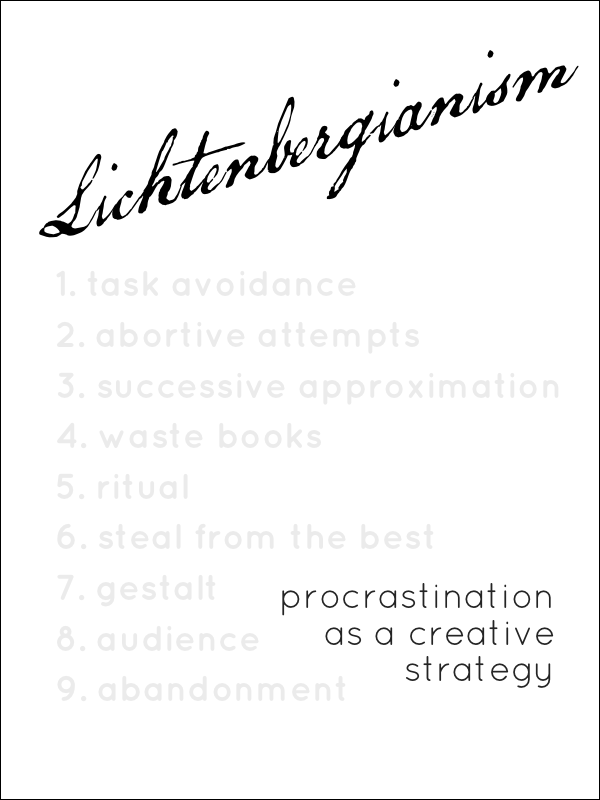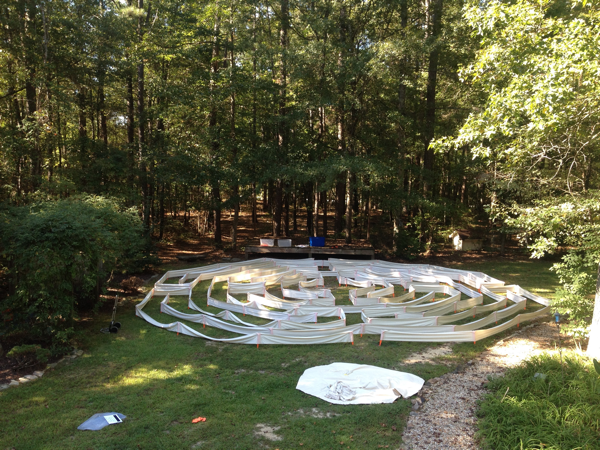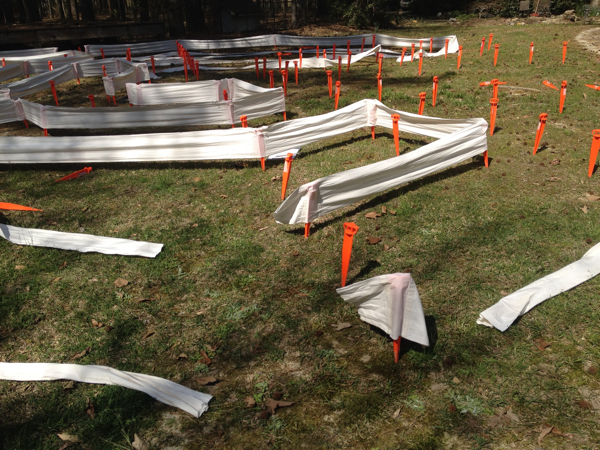Hey, we’ve made it up to p. 13 of The Essential Guide to Getting Your Book Published [EGGYBP]. The authors ask Why would anyone buy your book?
Fair question.
Beyond the usual suspects of family, friends, and former students, I think that most people would buy Lichtenbergianism: procrastination as a creative strategy because the hankering to Make the Thing That Is Not is pretty strong in humans. As Ellen Dissanayake posits in Art & Intimacy and Homo Æstheticus, the creative spirit is evolutionary, i.e., not only is it genetic, it exists because it helped us survive and prevail. The creative spirit is universally human. And as I’ve already written, there is no shortage of books which will help you develop and improve your creative skills in every area of human endeavor.
 Likewise, there is no shortage of books which will help you deal with your tendency to procrastinate. Why, just yesterday I was contacted by a writer who is writing his own meditation on the subject and who felt compelled to get in touch with the Chair of the Lichtenbergian Society in order to find out more about us—just as I was editing the chapter on TASK AVOIDANCE.[1] Ironic, isn’t it, that I got to put off editing that chapter in order to chat with and befriend my newest competitor?[2]
Likewise, there is no shortage of books which will help you deal with your tendency to procrastinate. Why, just yesterday I was contacted by a writer who is writing his own meditation on the subject and who felt compelled to get in touch with the Chair of the Lichtenbergian Society in order to find out more about us—just as I was editing the chapter on TASK AVOIDANCE.[1] Ironic, isn’t it, that I got to put off editing that chapter in order to chat with and befriend my newest competitor?[2]
However, Lichtenbergianism won’t scold you like most of the books on procrastination will, nor will it offer you tons of prescriptive exercises to free your creativity, which you will not do and then feel bad about.
No, a reader who buys my book will be soothed to find out that we do not expect him or her to flog themselves into creative genius or even to eat their creative vegetables. Instead, we will offer him the soft, comfy chair of Lichtenbergianism, which gently teases him into greater productivity through the haphazard application of Nine (easy) Precepts.[3]
Plus, it will have a cool cover. What’s not to like?
—————
[1] Coming soon to a blog near you.
[2] He even may or may not be joining the Lichtenbergian Society in a couple of weeks. He may out himself in comments if he likes.
[3] Sure, easy. Creativity is always easy, right? We’ll go with that.


